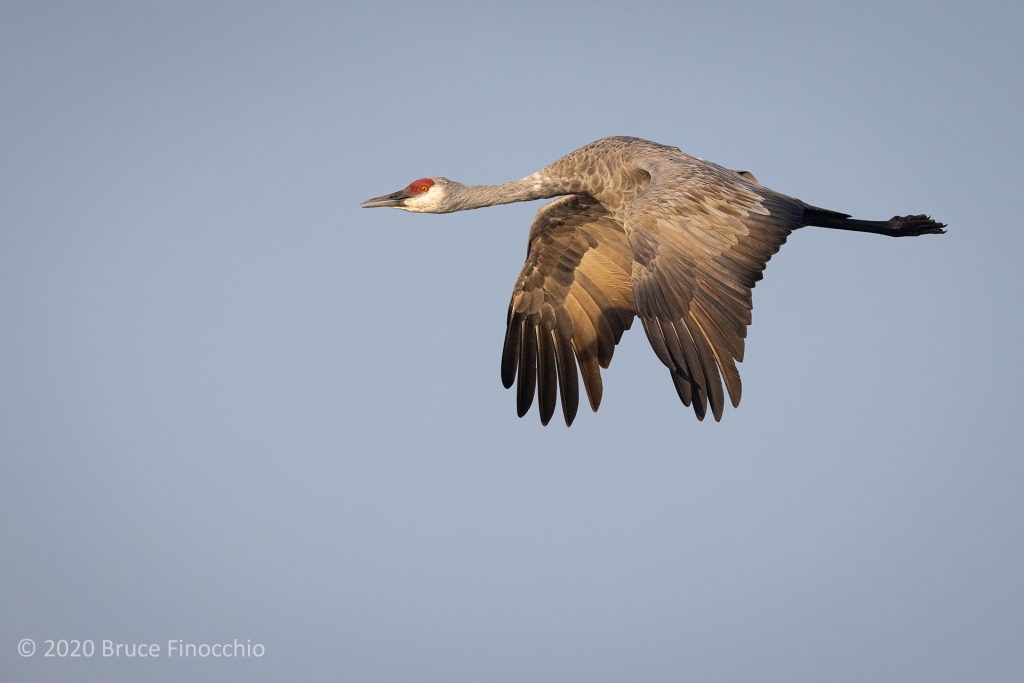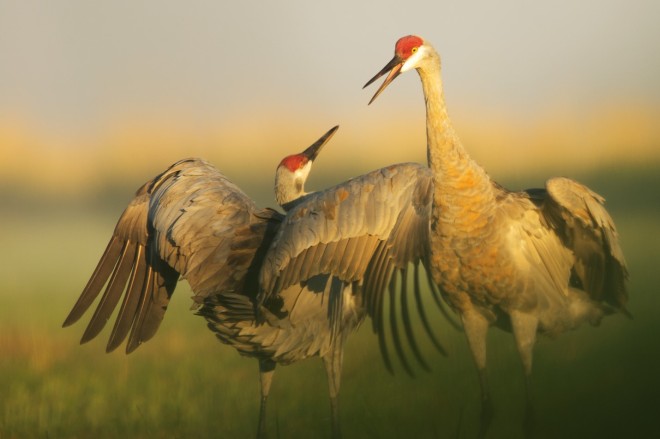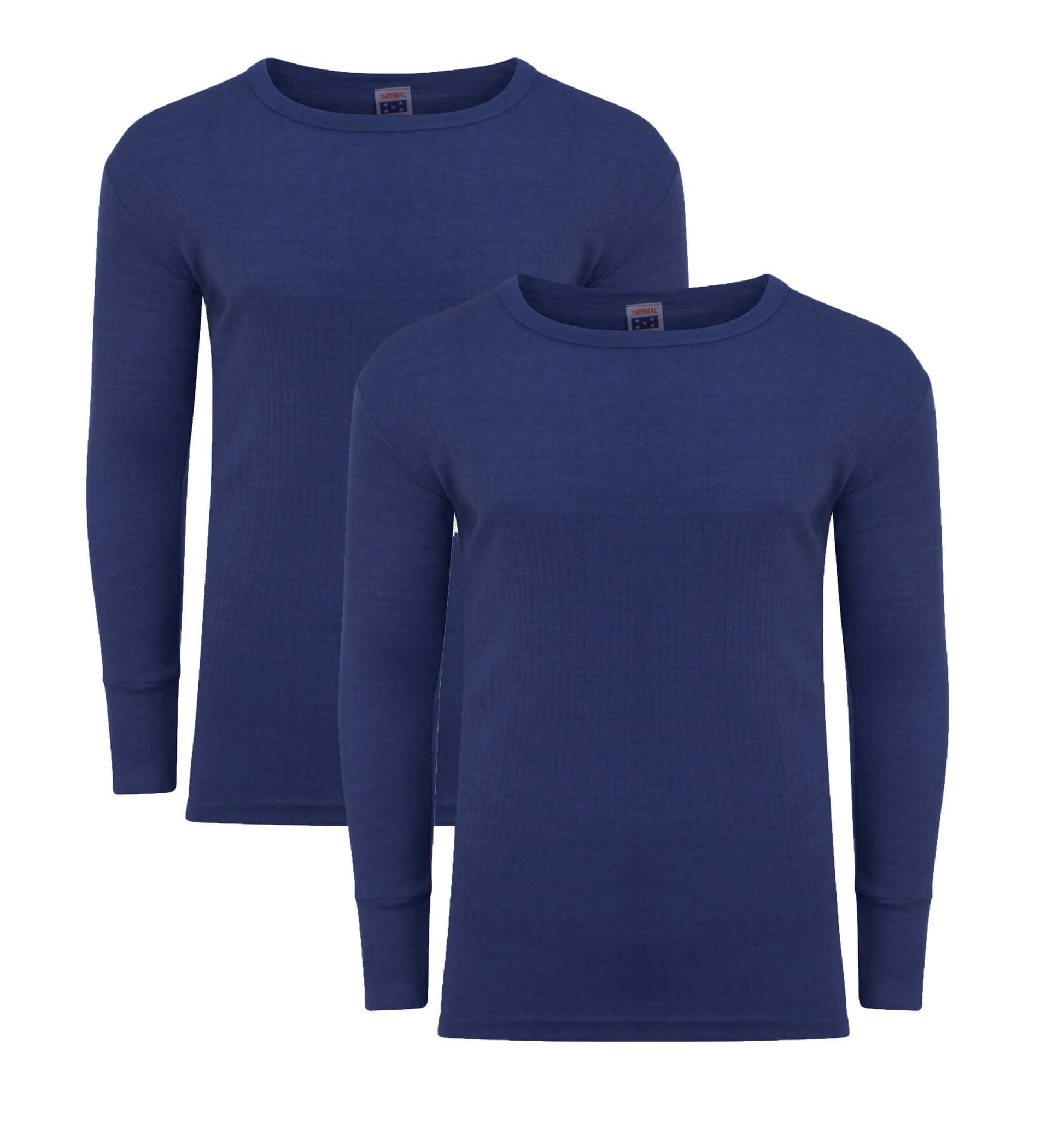Sandhill Crane Missouri Department of Conservation
5 (380) · $ 20.50 · In stock
Sandhill crane adults are very large and have gray bodies with very long tertial feathers extending and arching into a “bustlelike” cover over their tails. Cranes have a very long neck, red skin on the crown, and a sharp black bill. Frequently the gray body and neck feathers are stained brown by the water in which they forage. In flight, the neck is held straight out. The call is a loud, gurgling or rattling, repeated, hollow wooden sound, gar-oo-oo-oo, which can be heard over a mile away. Similar species: Great blue herons, sometimes mistakenly called cranes, are slightly larger. On the ground, the heron has a short, straight tail and a smooth contour down its back from head to tail; herons do not have the elongated feathers that form the rounded “bustle” on the crane. In flight, the heron curls its neck into an S shape, with its head near its shoulders. Finally, great blue herons usually fly singly, while cranes usually migrate in straight or V-shaped lines like geese.

Sandhill Crane - Missouri eBird

Conservation Archives - Dream Catcher Images by Bruce Finocchio

SANDHILL CRANES AT SWAN - Missouri Dept. of Conservation

MDC notes rare sandhill cranes nesting at Loess Bluffs National Wildlife Refuge

Sandhill Crane Missouri Department of Conservation

Michigan Department of Natural Resources - Sandhill cranes are heading south for the winter, but thousands will take a rest in southern Michigan to replenish before their next leg of migration to

KY Sandhill Season KY Coalition for Sandhill Cranes

Spring brings possibility of nesting sandhill cranes at Eagle Bluffs, News

MDC notes rare sandhill cranes nesting at Loess Bluffs National Wildlife Refuge

Sandhill Crane – Cheyenne Bird Banter












